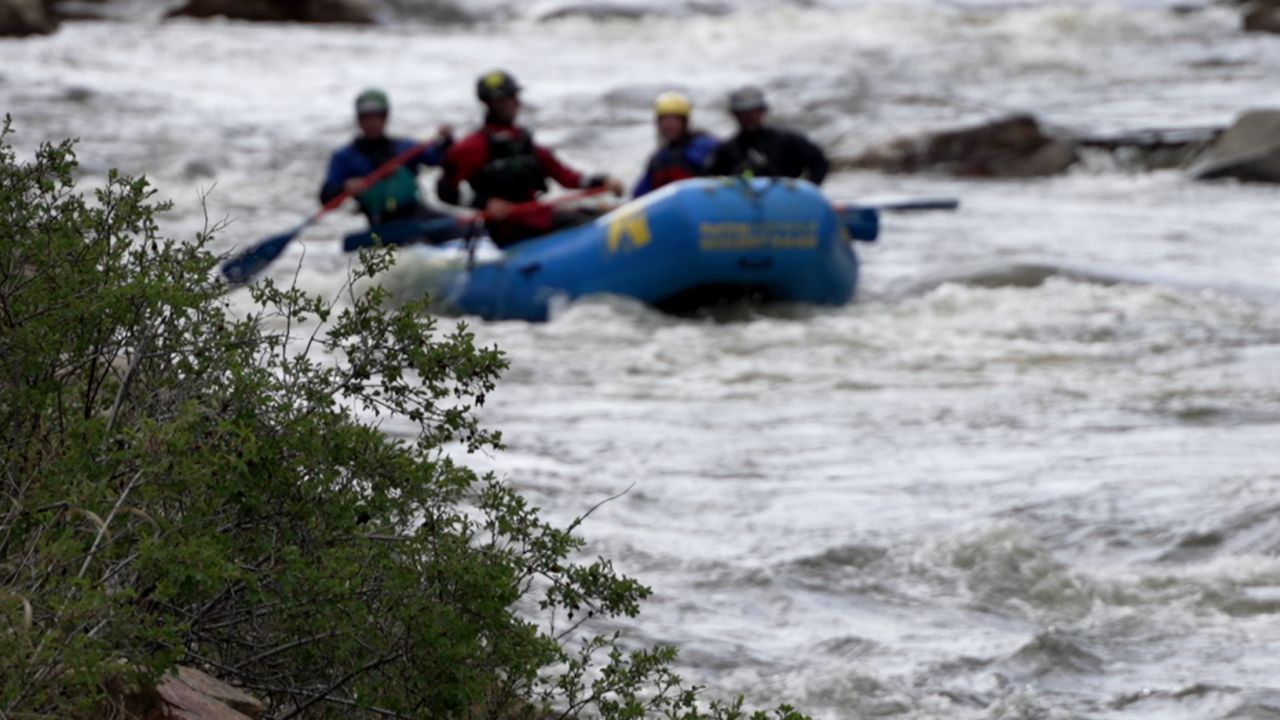A woman lost her life in a rafting accident on Thursday in Larimer County along the Poudre River. Investigators said the raft she was on struck a bridge structure.

She was the season’s first confirmed rafting death.
Days later, on Saturday, a rafting mishap in Yarmony Rapids, Colorado, claimed the life of one man and left another missing.
The Grand County Coroner’s Office recognized the deceased individual as Aurora native Brent Boulter, 56.
As of Sunday night, the individual who is still missing has been identified as Littleton resident Thomas Russell, 61.
According to early information obtained by the Grand County Sheriff’s Office, both males were not wearing life jackets at the time.
Anyone playing in the Radium or Rancho Del Rio areas is urged by the Grand County Sheriff’s Office to report any sightings of Russell by texting or calling 911.
Whitewater rafting enthusiasts are stressing the value of safety when out on the water in response to the tragedies that have occurred in recent days.
Someone lost a family member, friend, or relative. And that is quite difficult. “And it’s an accident, you know, so it’s sudden,” said Alan Blado, the proprietor of the 17-year-old Liquid Descent Rafting business, which has outlets in Kremmling and Idaho Springs.
Blado expressed his sadness upon learning of Colorado rafting deaths each summer.
“Rafting is inherently dangerous,” said Blado. “The best way to mitigate most of the risk is to go with a professional, to go with an outfitter that’s licensed by the State of Colorado.”
According to Blado, Colorado requires rafting guides to have completed 50 hours of professional training, as well as CPR and first aid teaching. He demands a minimum of 100 hours of training for his guides.
“The more years you’ve been on the river, the more things you’ve seen, the more qualified you are to deal with situations,” Blado said.
According to Blado, safety begins with the equipment, and because the water is so chilly in Colorado at this time of year, hypothermia is a serious risk.
“We use the thermal wetsuits. We have splash jackets. If it’s really cold, we use fleece jackets. And then, of course, the personal flotation devices and helmets. But also, with the boats, you know, you want to use high-quality rafts that aren’t going to puncture or tear, you want to have foot cones in the seats. That’s kind of like a seat belt, that’s going to cut down on the amount of people that fall into the water,” Blado explained. “You need to have protocols set up for if you do have swimmers, you need to have a plan of how to get them out of the water as soon as possible. That can involve shore safety, people with ropes on shore, or safety kayakers paddling alongside the rafts to help in the event of a rescue.”
Blado maintained that the raft’s guide is the most crucial safety component. Before making travel plans, he advises getting in touch with a company to find out more about the calibre of the equipment and guides.
“You can also do some checking on safety records through the state, the Department of Wildlife and Colorado State Parks is who licenses the outfitters and they have records. Anytime there’s an incident on the river, an accident report is filled out and sent to the state. So, they have records of all that,” said Blado.
According to Blado, this year’s snowfall was substantial, which indicates that rivers are flowing at higher levels and the season will stay longer. But he believes it means that before boarding a raft, Coloradans will take the necessary safety measures.
Blado’s thoughts and prayers are with the loved ones of those who lost their lives in the previous few days while at sea.


Comments are closed.